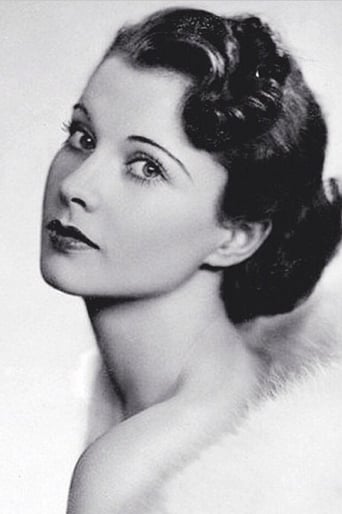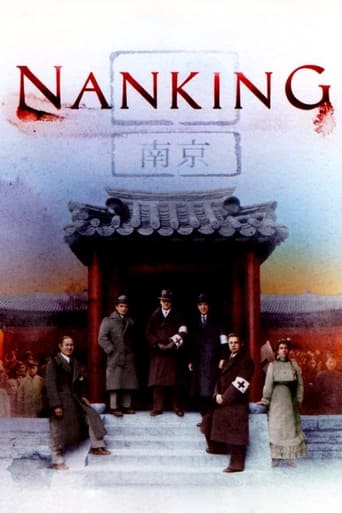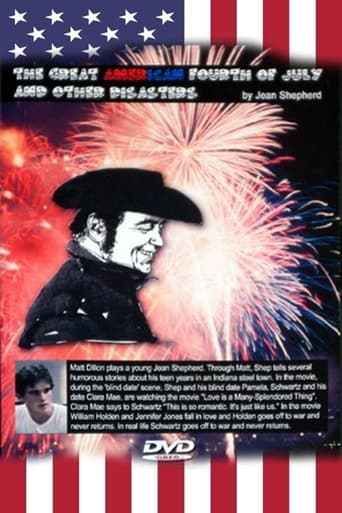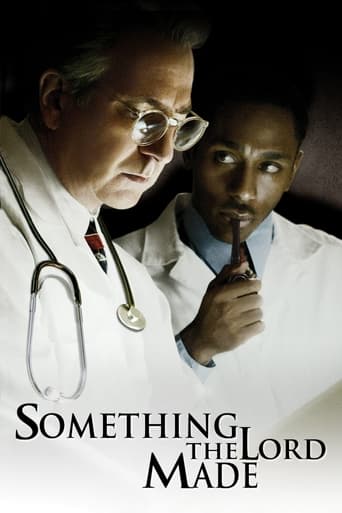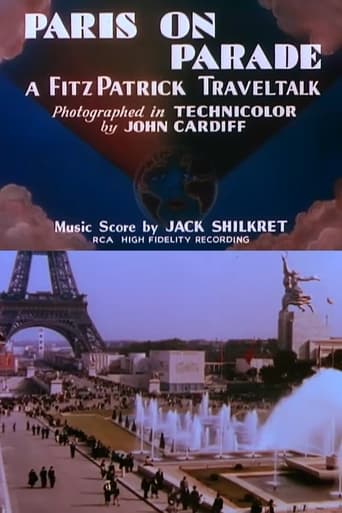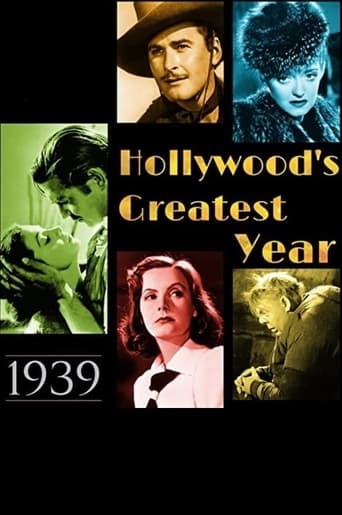
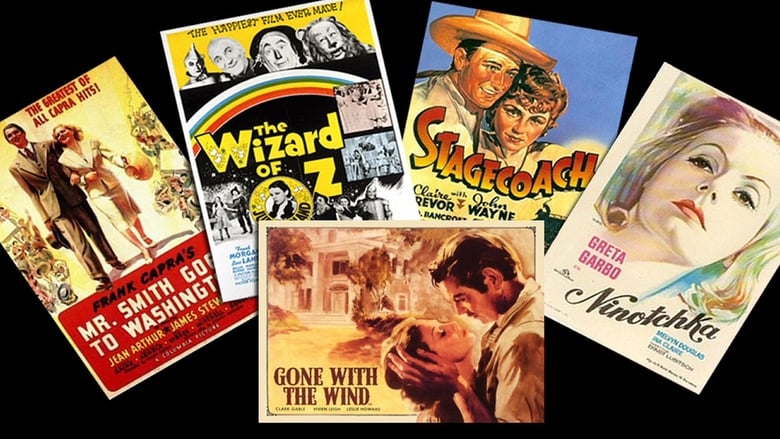
1939: Hollywood's Greatest Year (2009)
This documentary focuses on 1939, considered to be Hollywood's greatest year, with film clips and insight into what made the year so special.
Watch Trailer
Cast


Similar titles
Reviews
This is a tender, generous movie that likes its characters and presents them as real people, full of flaws and strengths.
This is a small, humorous movie in some ways, but it has a huge heart. What a nice experience.
The movie is wonderful and true, an act of love in all its contradictions and complexity
Story: It's very simple but honestly that is fine.
I fell asleep twice. The greatest year of movies? It was more like attending a college lecture. No passion. No excitement. The director brought no sense of style or storytelling to a vast canvas known as 1939.No info here that you couldn't get on Google or Wikipedia, in fact that might be more informative.Barely a whisper about Hattie McDaniel's historic Oscar win. Apparently Ingrid Bergman is no big deal either. WIZARD OF OZ could have been the centerpiece but again, it just breezes by.HUGE DISAPPOINTMENT.Classic year, boring documentary. Maybe someday someone will pay the proper respect to the greatest year in cinema...1939.
A barely adequate look at the golden year of 1939, concentrating, as usual, on films owned by TCM and ignoring films they don't own and studios whose libraries they don't have.Turner not only does this in its documentaries but also in their books.I certainly can understand them wanting to push the stars and films they own, but please don't call this film history. Though TCM was not listed as the producer, they in fact were - they farmed it out to New Wave Entertainment, which has made many of their documentaries.Most slighted, as usual, was 20th Century Fox - I'll say this, they did mention it. Usually they leave it out all together. Tyrone Power in 1939 was one of the most popular stars in the world, in the top 10 box office stars - lucky him, they mentioned him once. Amazing.The documentary said that Gone with the Wind "swept" the Oscars, failing to mention that "The Rains Came" beat it - and the Wizard of Oz - in special effects.As usual, people watching this walk away believing the only stars were Clark Gable, Greta Garbo, Mickey Rooney, Bette Davis, Errol Flynn, etc. and the rest of them were people who did some acting on the side. After all, if you weren't with MGM, Warners, or RKO, you were nobody.
1939: Hollywood's Greatest Year (2009) *** 1/2 (out of 4) Extremely entertaining documentary from Warner takes a look at 1939, which many film buffs and historians consider the greatest year for movies. The documentary has Kenneth Branagh doing the narration and features interviews with Leonard Maltin, Rudy Behlmer and many others as they look over the countless great films released that year. They break the movies down by studios and is pretty level in regards to all of them with the exception of Universal and Paramount. No clips from either of those studios are shown and the movies themselves get very little mention, although Maltin does mention SON OF FRANKENSTEIN. The spotlight is certainly on MGM as they released the two monsters in GONE WITH THE WIND as well as THE WIZARD OF OZ. We also take a look at the work done by John Ford with YOUNG MR. LINCOLN, DRUMS ALONG THE MOHAWK and STAGECOACH. Capra and MR. SMITH GOES TO WASHINGTON is also a favorite here as are discussion of NINOTCHKA, OF MICE AND MEN, GUNGA DIN, DODGE CITY, THE ROARING TWENTIES and countless other gems. The documentary does a great job at introducing these films to those who might not be familiar with them or the legend of 1939 but I think the one weak spot is that there's never really any talk of why the studios were pumping out so many great movies in this one year. There's a brief mention of coming out of the Depression and going for it all but more discussion here would have been a plus. Coming in at just under 70-minutes, the documentary is a good introduction to these films.
Narrated by KENNETH BRANAGH, I'd give this one even higher points if the narration included even more key points when discussing actors like Errol Flynn. Scant mention is made of his famous co-star Olivia de Havilland and certainly the fact that they became a great screen team after their first film in 1935 (CAPTAIN BLOOD). Instead we get a brief glimpse of Olivia (a covered wagon close-up from DODGE CITY) and one brief scene arguing with Flynn. Anyone would think their screen team magic in eight films wasn't worth a mention. Indeed, all of his best films were with Olivia at his side.I could mention a few other omissions, but you get the drift. As always in these sort of tributes to studios and stars, there are some that really needed to be pointed out. Spending so much time on STAGECOACH when honoring John Ford westerns without a single scene from his other '39 masterpiece, DRUMS ALONG THE MOHAWK, is an oversight hard to forgive--especially since the narration mentions the stunning new use in '39 of a little thing called Technicolor.The films and stars that get the most attention are NINOTCHKA (because of Garbo), the Bette Davis era at Warner Brothers, the Cagney/Raft gangster films, and the most unusual Warner melodrama that dealt with the Nazis--CONFESSIONS OF A NAZI SPY.At Paramount, we get brief mention of Cecil B. DeMille and Claudette Colbert.At Fox, it's Darryl F. Zanuck and director John Ford's talent for making westerns but still no mention of DRUMS ALONG THE MOHAWK. Instead, it's the Tyrone Power film JESSE JAMES that's called the most popular western of the year and given the full Technicolor treatment.Then a brief look at United Artists which was formed back in the '30s by icons like Chaplin, Fairbanks and Pickford--and how independent producers like Walter Wanger and Hal Roach found a niche and made some great films. A clip from OF MICE AND MEN shows a tense scene between Lon Chaney, Jr. and Betty Field.At RKO, it's GUNGA DIN directed by George Stevens that cost the most to make and proved highly successful at the box-office. The other biggie is THE HUNCHBACK OF NOTRE DAME and Maureen O'Hara tells how awestruck she was by the masterful sets recreated entirely on a sound stage. The narration mentions that both of these films had underlying significance for audiences at that time--freedom from oppression being the theme in a world on the brink of war.A brief clip of Fred and Ginger from THE STORY OF VERNON AND IRENE CASTLE, and a love scene from LOVE AFFAIR are shown for the conclusion of the RKO segment.Then it's on to Selznick's independent feature GONE WITH THE WIND and all the obstacles in the producer's path before the film was finally made and declared an outstanding success.As noted before, it's the omissions that will grate on some people--but all in all a good treatment of Hollywood's most incredibly creative year under the studio system.




